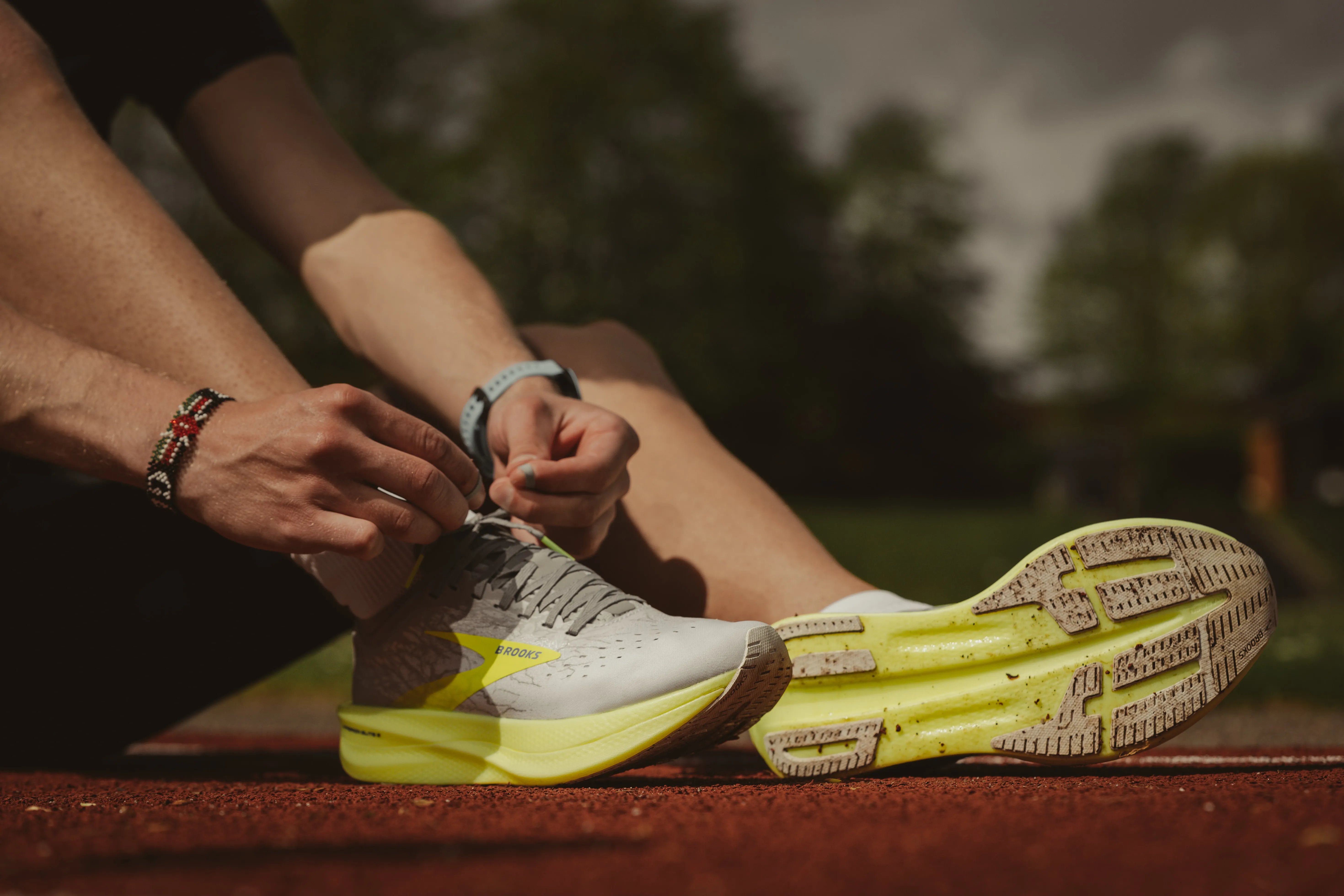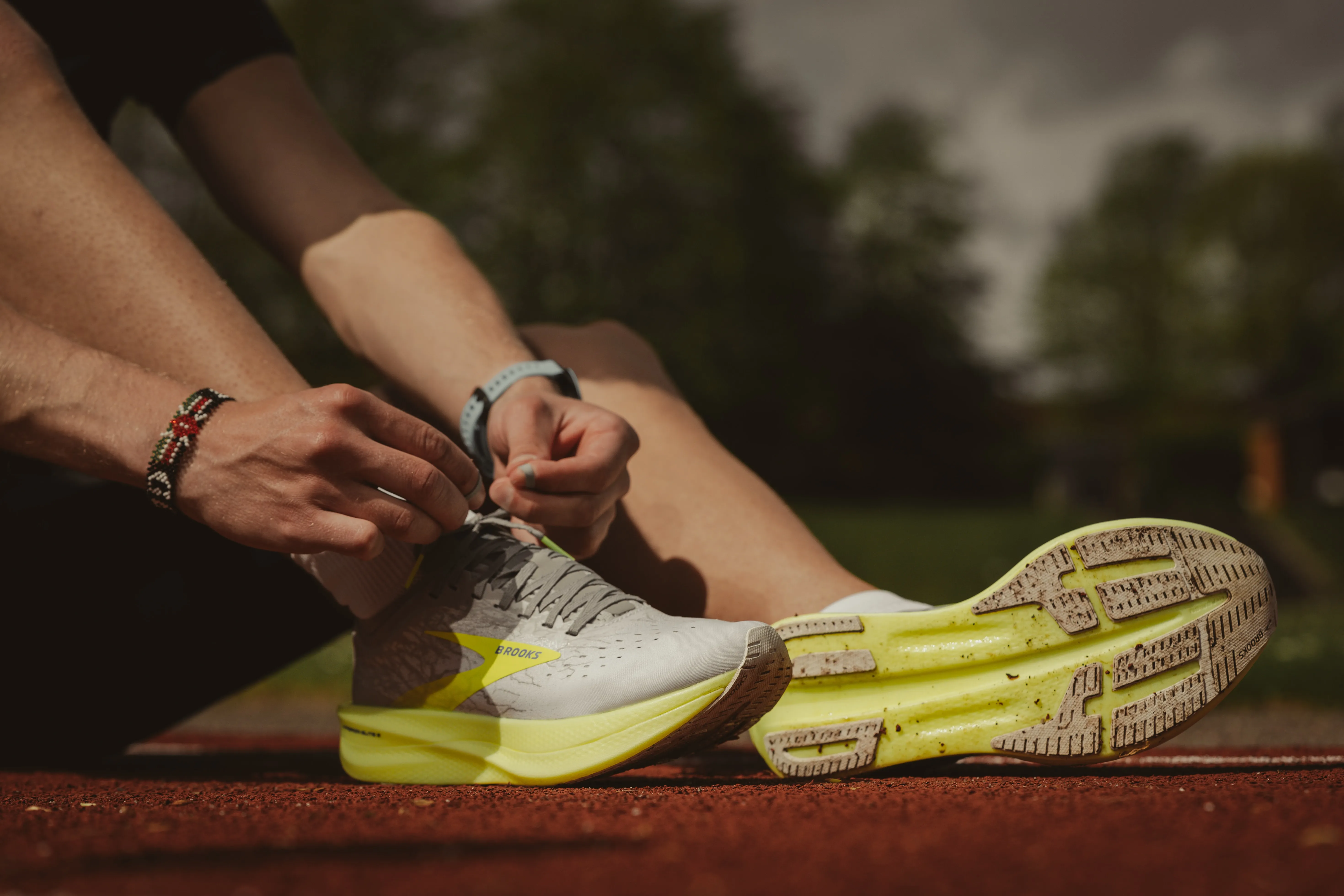
Shin splints, also known as medial tibial stress syndrome, is one of the most common complaints among runners of all levels. They are the bane of many runners’ lives, causing pain and frustration. In this article, we’ll explore why they occur, how to prevent them, and how to recover if you’re already suffering.

Understanding Shin Splints
Shin splints are a repetitive strain injury that typically arises from overuse. They occur when the muscle and bone tissue in the shin area become overworked from the stresses of running. Shin splints often result from running on hard surfaces, running in worn-out footwear, or increasing your running distance or intensity too quickly.
Symptoms of shin splints include pain along the front of your lower leg, muscle pain during exercise, swelling, and occasionally, numbness and weakness in the feet.
Prevention is Better Than Cure
Avoiding shin splints involves a combination of proper preparation, form, and recovery.
Appropriate Footwear
One of the key factors in preventing shin splints is wearing the right shoes. Running shoes should provide good support and absorb the shock of hitting the ground. It’s also important to replace your running shoes regularly. As a general rule, you should aim to replace your shoes every 300-500 miles.

Training Wisely
Avoid dramatically increasing your training volume or intensity too quickly. The general advice is not to increase your total weekly mileage by more than 10% each week. It’s also a good idea to incorporate some cross-training, like swimming or cycling, into your routine to give your shins a break.
Proper Running Form
Make sure your running mechanics are efficient. Improper gait or technique can lead to unnecessary stress on your shins. Consider meeting with a coach or physical therapist for gait analysis and training.
Stretch and Strengthen
Regular calf and shin strengthening exercises can help condition your legs to withstand the pressures of running. Simple moves like toe curls, heel and toe walks, and calf raises can all help with this. Regular stretching before and after your workouts can also help to prevent injury.
Managing Shin Splints
If you’re already suffering from shin splints, don’t despair. Here’s how to manage and get back on your feet.
Rest and Recovery
When you first notice shin pain, the best course of action is to rest. This gives your body a chance to repair itself. During this time, you can do low-impact activities like swimming and yoga to stay active.
Ice and Elevation
Applying an ice pack to the shins for 15 to 20 minutes several times a day can reduce swelling and numb the area to relieve pain. Elevating the leg can also help reduce swelling.
Pain Relief and Support
Over-the-counter pain relievers can help manage the pain. Additionally, using tape or a compression bandage may provide extra support and relieve pain.
In Summary
Shin splints are incredibly common, particularly amongst runners. By understanding what causes them, and taking proactive steps, you can significantly reduce your risk. If you already have shin splints, don’t fret. With rest, good recovery practices, and potentially some physiotherapy, you can successfully beat them.
Remember, everyone’s running journey is unique. If you’re experiencing any form of pain, consult with a healthcare provider to get the most appropriate advice for your situation. Happy running!





